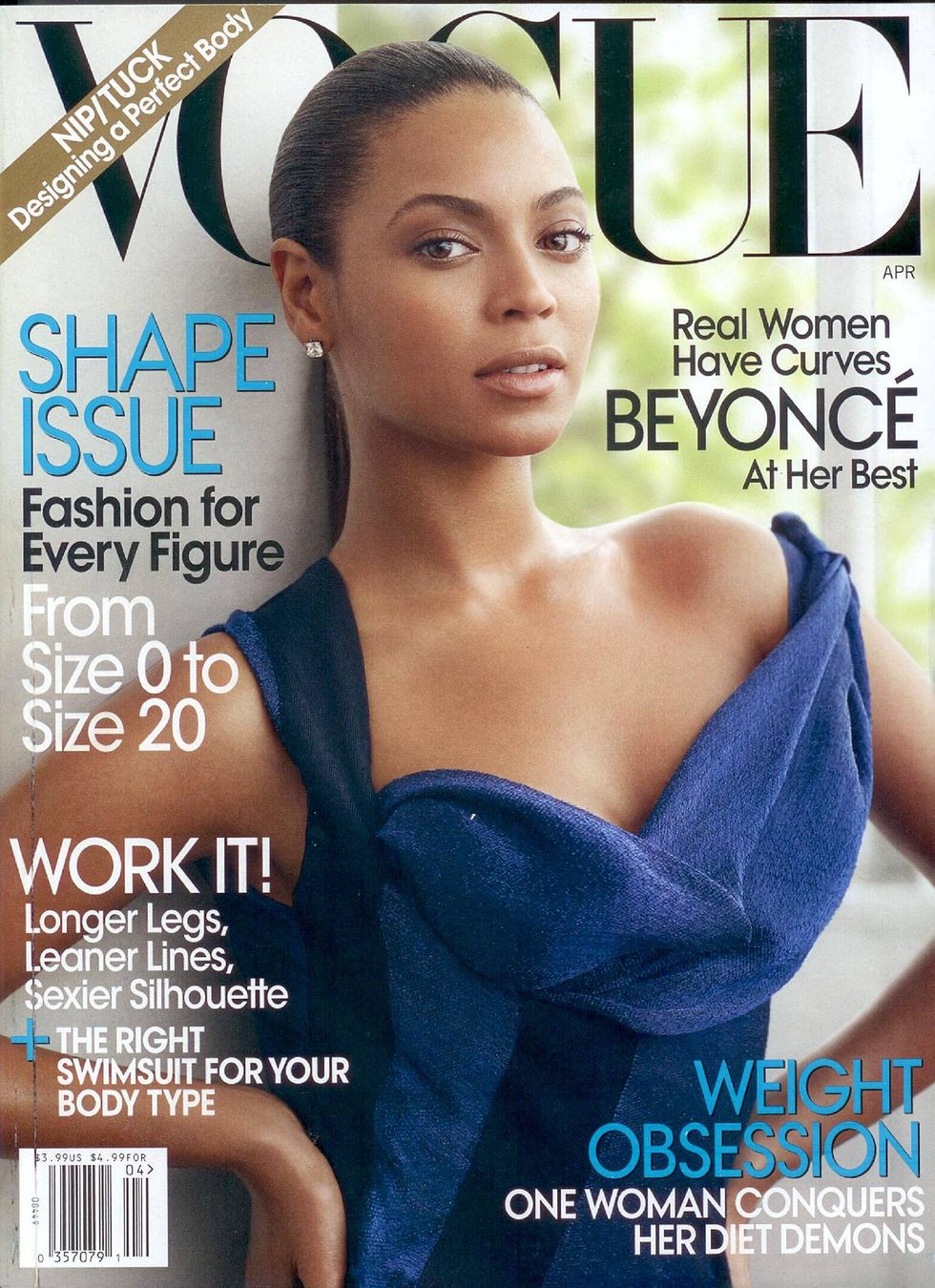Before reading this you may already be thinking up some of the drama that celebrities started in the media world. The two I chose, I chose because they are in my opinion somewhat related.
1. Paula Deen
2. Duck Dynasty's Phil Robertson
Paula Deen was and still is one of my favorite cooking personalities. She seemed to have a grandma quality that other chefs didn't have. Who doesn't love cooking with their grandma? Phil Robertson is the patriarch on the most popular reality show of all time (take that Kardashians!). So what can we learn from their huge PR gaffes? How can you help your client in a similar situation from losing their careers and ruining their reputation?
Tip 1: Never allow the press to shape your narrative
I have a friend who complains about how negatively his exes have effected his reputation. The problem is that he has allowed them to shape his narrative. Paula Deen's story is one of hard work, wit and charm. Although I do not agree with her actions, as her PR Manager my job would have been to protect her legacy and in turn, her fan base. I would have focused on what she has done right, and she would have immediately apologized for any confusion on her past remarks. That is controlling the narrative, not allowing the press to paint you as a racist and then making comments that can in some ways prove them right.
Tip 2: Be aware of what you say in public
Phil Robertson seems like a nice, genuine guy. But when you are doing an interview for a non-religious organization that is not the time to talk about the controversial intricacies of your personal beliefs. There is a time and a place for everything. Use the exposure your organization gets by focusing on the positive aspects of yourself that encourage people to be interested. If you are a company seeking to choose a spokesperson, make sure they are coached on what to say and what not to say, and then make sure they know to avoid controversy for the sake of the company.
Merry Christmas and a Happy New Year!
Angela
1. Paula Deen
2. Duck Dynasty's Phil Robertson
Paula Deen was and still is one of my favorite cooking personalities. She seemed to have a grandma quality that other chefs didn't have. Who doesn't love cooking with their grandma? Phil Robertson is the patriarch on the most popular reality show of all time (take that Kardashians!). So what can we learn from their huge PR gaffes? How can you help your client in a similar situation from losing their careers and ruining their reputation?
Tip 1: Never allow the press to shape your narrative
I have a friend who complains about how negatively his exes have effected his reputation. The problem is that he has allowed them to shape his narrative. Paula Deen's story is one of hard work, wit and charm. Although I do not agree with her actions, as her PR Manager my job would have been to protect her legacy and in turn, her fan base. I would have focused on what she has done right, and she would have immediately apologized for any confusion on her past remarks. That is controlling the narrative, not allowing the press to paint you as a racist and then making comments that can in some ways prove them right.
Tip 2: Be aware of what you say in public
Phil Robertson seems like a nice, genuine guy. But when you are doing an interview for a non-religious organization that is not the time to talk about the controversial intricacies of your personal beliefs. There is a time and a place for everything. Use the exposure your organization gets by focusing on the positive aspects of yourself that encourage people to be interested. If you are a company seeking to choose a spokesperson, make sure they are coached on what to say and what not to say, and then make sure they know to avoid controversy for the sake of the company.
Merry Christmas and a Happy New Year!
Angela





